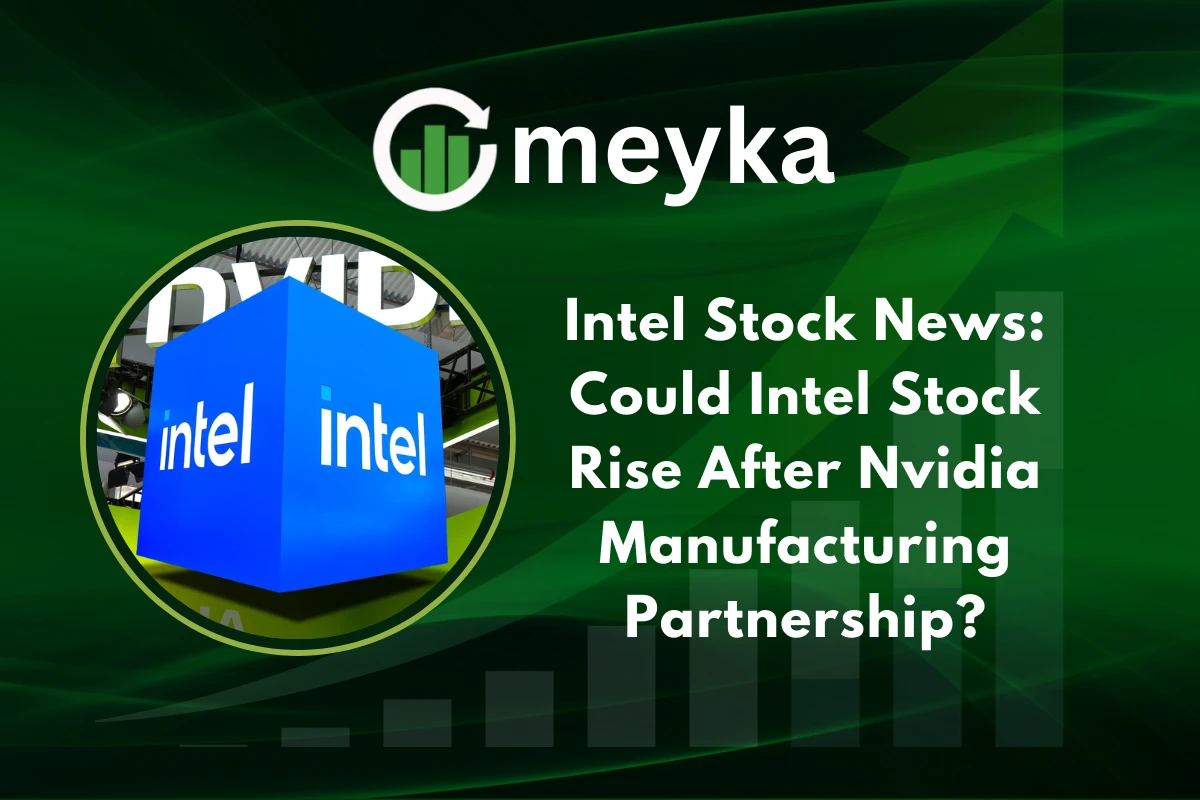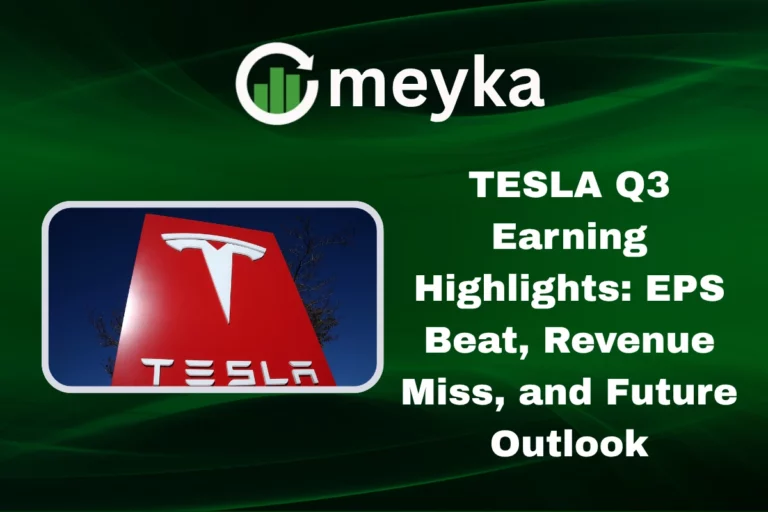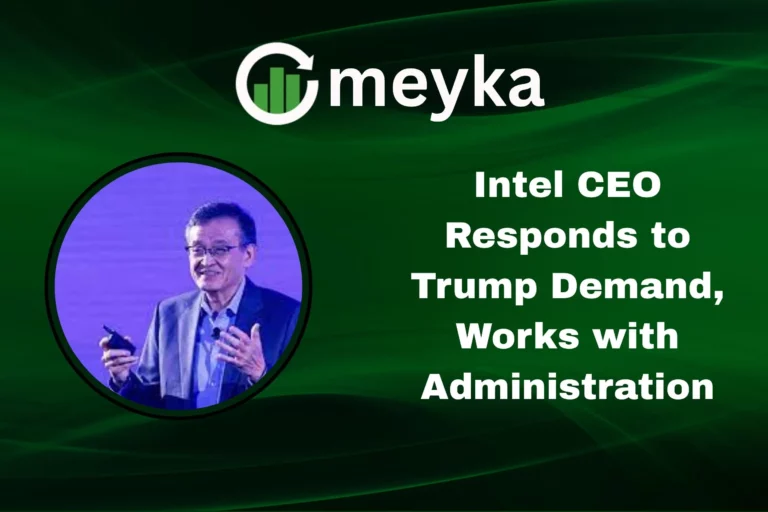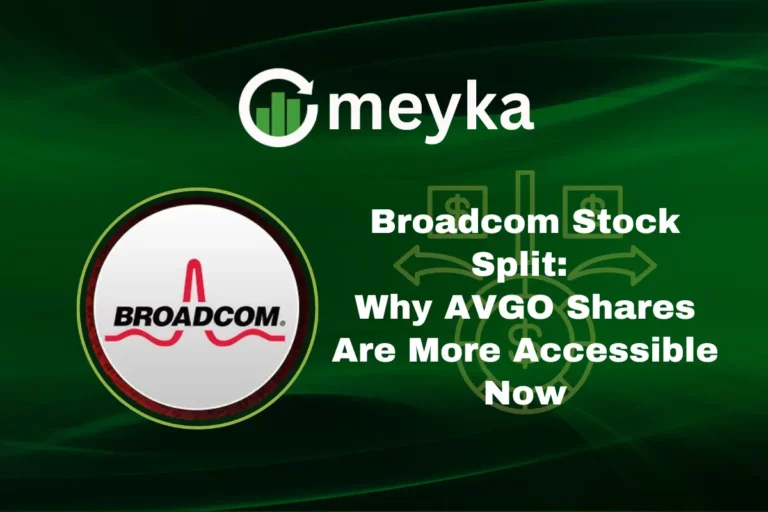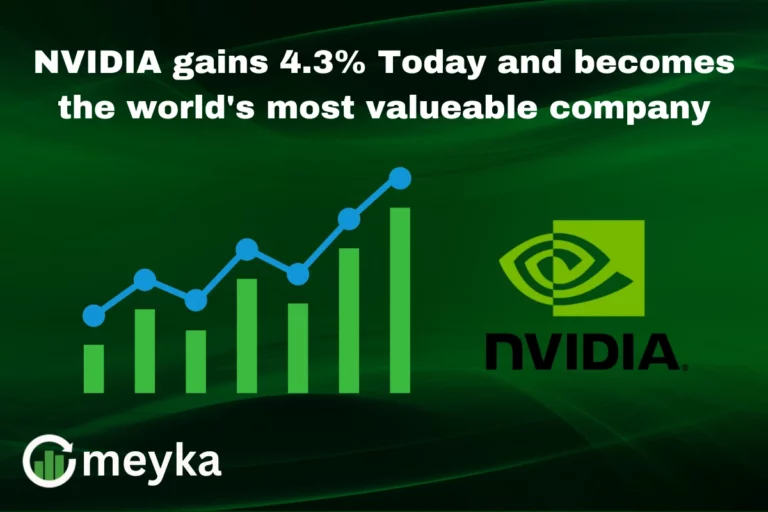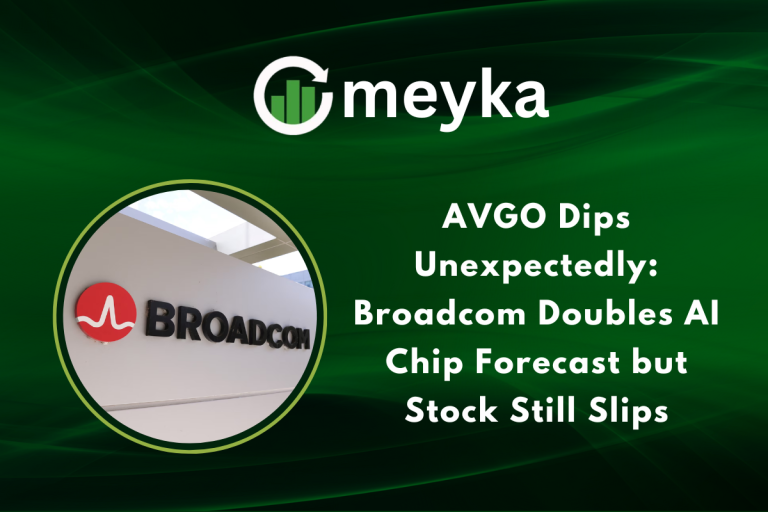Intel Stock News: Could Intel Stock Rise After Nvidia Manufacturing Partnership?
The market woke up to big news: the AI darling Nvidia agreed to invest $5 billion in Intel and to collaborate on custom AI and PC chips. That announcement sent Intel Stock sharply higher, and traders are asking whether this is a lasting turnaround or a short-lived pop.
The move matters because it links Nvidia’s AI leadership with Intel’s manufacturing and x86 reach, a rare alliance between two once fierce rivals.
Intel Stock: the headline, the deal, the price
What happened? Nvidia will buy Intel common stock for $23.28 a share, a $5 billion purchase that would give Nvidia roughly a 4 percent stake after the transaction, subject to regulatory approvals.
The companies also said they will co-develop multiple generations of data center and PC products, integrating Nvidia GPUs and Intel CPUs. That combination aims to speed up integrated AI systems and broaden customer choices.
How did the market react? Intel Stock surged strongly the week of the announcement, rallying about 27 percent in that span as measured by market trackers, a reaction that reflected both relief and renewed optimism among investors. Nasdaq and other exchange data showed heavy volume as fund managers and retail traders repositioned.
Intel Stock: Why is Nvidia partnering with Intel?
Why is Nvidia partnering with Intel? On the surface, it is strategic: Nvidia gains access to Intel’s broad PC and enterprise customer base and its x86 ecosystem, while Intel gets a cash infusion and a marquee AI customer to underpin its foundry ambitions and product roadmap.
Jensen Huang framed the collaboration as a fusion of complementary technologies, and he said he expects the investment to be “fantastic” for both firms. For Nvidia, the deal can ease regulatory scrutiny by showing a willingness to share the AI ecosystem.
Does this mean Nvidia will stop using TSMC? Not necessarily; Nvidia has said TSMC will remain a primary foundry partner for some of its chips. The announced collaboration centers on co-design and product integration rather than a complete shift of manufacturing partners. That nuance matters for any long-term view of Intel’s foundry prospects.
Intel Stock: What this could mean for Intel’s manufacturing path
Can this deal rescue Intel’s foundry strategy? Intel has struggled with some of its advanced process nodes, and its foundry business has failed to win consistent customers at scale. The Nvidia partnership could provide crucial customer commitments for Intel’s next-generation nodes, like 14A, helping justify investment and improving utilization.
But money alone does not fix yield or execution challenges; Intel still must prove its manufacturing can match TSMC and Samsung on cost and yields.
Investor angle: If Nvidia becomes a steady customer for custom Intel CPUs and packages, Intel’s revenue mix would shift toward higher margin products, supporting better cash flow and earnings. That potential alone can re-rate Intel Stock higher, but the path depends on real production wins and profitable volume.
Intel Stock: market commentary, analyst views, and social reaction
Analysts were quick to call the deal a vote of confidence, Wedbush calling it a potential “game changer,” while others cautioned that Intel needs more than one customer to sustain a foundry turnaround.
Some investors raised the possibility of further capital needs; one note suggested Intel might still require sizable additional funding to fully modernize fabs.
On social platforms, the reaction was loud and varied. Retail traders celebrated the pop, while some market-watchers pointed out the technical and geopolitical caveats. Users on X posted rapid takes, for example, and others shared threaded analysis of the strategic implications.
The mix of retail enthusiasm and institutional caution is typical of big tech market-moving events.
Intel Stock: risks and why gains may be capped
What are the main risks? First, execution risk: Intel must deliver manufacturing capacity that meets Nvidia’s needs at a competitive cost.
Second, Nvidia’s reliance on TSMC for leading-edge chips remains a strategic reality; continued TSMC use could limit the scale of Intel-sourced production.
Third, macro and regulatory risks exist: chip export rules, competition policy, and slower AI hardware demand could all influence outcomes. If macro sentiment turns, any speculative premium on Intel Stock could unwind quickly.
Is this a takeover disguised as a partnership? No firm evidence suggests an acquisition; the statements point to a strategic collaboration. Nvidia’s stake positions it as a significant shareholder, but governance and regulatory checks will shape any future moves.
Investors should watch regulatory filings, the exact shareholder agreements, and the pace of product rollouts to judge intent.
Intel Stock: A Balanced Investor Playbook
For investors thinking about Intel Stock, consider three practical steps:
- Check the timeline. Real factory output and first revenue from co-developed chips will take quarters, not days.
- Monitor customer commitments. One marquee partner helps, but a foundry requires multiple long-term customers to be profitable.
- Manage risk. If you own Intel for a turnaround, size positions to tolerate execution hiccups, and consider hedges if you are protecting short-term gains.
Conclusion
Nvidia’s $5 billion investment and manufacturing partnership is a powerful vote of confidence that sent Intel Stock sharply higher, and it could mark a turning point for Intel if the companies execute and Intel wins volume. Still, structural challenges remain; Intel must prove its foundry capabilities at scale, manage capital needs, and navigate a complex geopolitical backdrop.
For AI stock investors, the deal is a reminder that the semiconductor landscape can shift quickly, winners and losers emerge fast, and smart positioning requires both optimism and discipline.
Keep an eye on regulatory filings, product roadmaps, and actual manufacturing ramp data to separate short term euphoria from durable recovery.
FAQ’S
No, Nvidia has not invested in Intel. The two companies are competitors in the semiconductor market, particularly in GPUs and AI chips.
Yes, Intel and Nvidia sometimes collaborate in areas like data centers and software optimization, but they mostly remain strong rivals in the chip industry.
Analysts believe Intel stock could rise in the long term if its AI and foundry strategies succeed, but short-term growth remains uncertain due to stiff competition.
A $10,000 investment in Nvidia 5 years ago would now be worth several times more, as Nvidia stock has surged with the AI and GPU boom.
Yes, Intel considered acquiring Nvidia years ago, but the deal never materialized due to high costs and competitive concerns.
Currently, Nvidia has a higher market valuation than Intel, driven by strong AI chip demand, while Intel remains valuable but has fallen behind in growth.
Intel struggles due to delays in advanced chip manufacturing and weaker AI positioning, while Nvidia dominates the AI GPU market.
Nvidia partners with major tech giants like Microsoft, Google, and Amazon to power AI, data centers, and cloud services.
Disclaimer
This is for informational purposes only and does not constitute financial advice. Always do your research.
